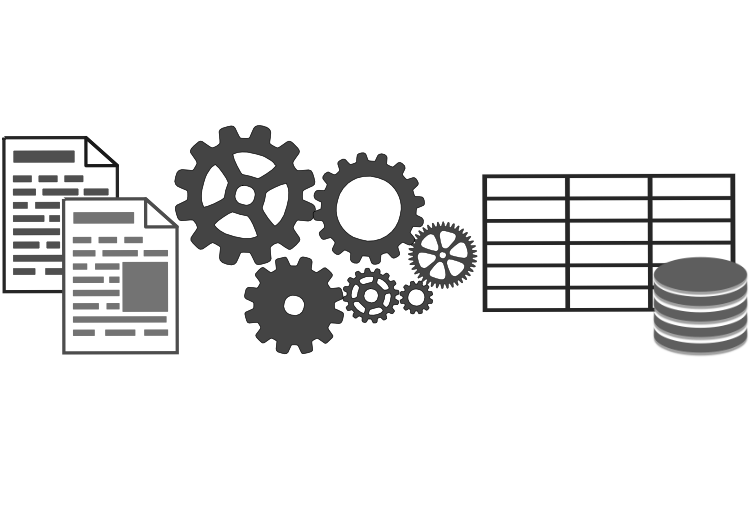
Katydid
AdaptabilityKatydids are cousins to crickets. Despite their wings, their ability to fly is very limited. To remedy this vulnerability, they rely heavily on their mimicry. Moreover, some katydids adapt their communication strategies to avoid being detected by predators, especially bats. Thus, they abbreviate their songs and accompany or replace them with tremors (generating vibrations on plant substrates shared with females).
Cricket
Creativity and perceptibilityCrickets can sing a wide variety of songs - courtship songs, conquest songs, rivalry songs to defend their territory, etc. To produce their songs they rub their wings together - the ambient temperature is said to be calculable from their stridulations per minute. Their auditory organs are placed at the level of their forefeet, thus allowing them to hear enemies coming from afar.
Butterfly
Beauty and finesseThe beauty of butterflies is no coincidence, they can be classified according to two strategies of survival: the camouflaged and those carrying strong colors, frequent in toxic insects and dissuasive to predators. In addition, they are sensitive to a range of ultraviolet colors invisible to the human eye, and can not fly when they are cold.
Dragonfly
Elegance and versatility
They can fly in any direction and even hover thanks to their two sets of wings. These are attached to muscles in the thorax, which allow each wing to be operated independently. In addition they have a 360° vision.
Why love-bugs?
No less than eighty years ago the first computers were built after a century of research on Babbage's 'analytical engine'. These first machines were electro-mechanical and the processing to be done had to be specified on a table of connections - depending on the problem to be solved this configuration could take hours or even days to set up. It is in this context that Grace Hopper found the first computer 'bug' in the form of a fly inside one of the components of the Mark II (late 1940s). The term 'bug' had already been used by Edison for a similar situation during his work on the telephone.
The negative qualities of bugs are constantly being displayed: they generate malfunctions, they are difficult to find, they are annoying.
So let's briefly go over their merits:As a developer, bugs can be a time-consuming inconvenience, but they are also a great source of learning. There are bugs that seem unbeatable, that an entire team can resign itself to cohabiting with but in most cases, the presence of a bug signals to the developer that there is something in what they have been trying to do that they haven't quite figured out. A bug is an invitation to think about it, and its resolution is an essential step towards the production of more elegant, more refined, sometimes more creative... all in all, more suitable code.






